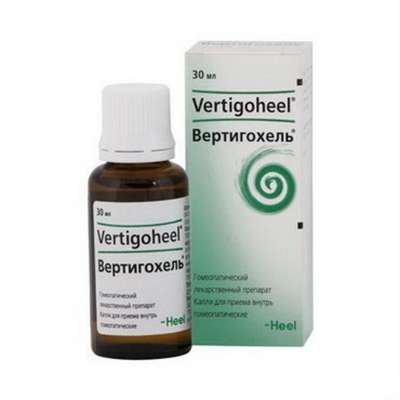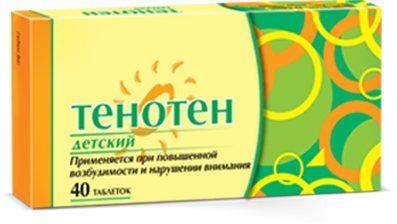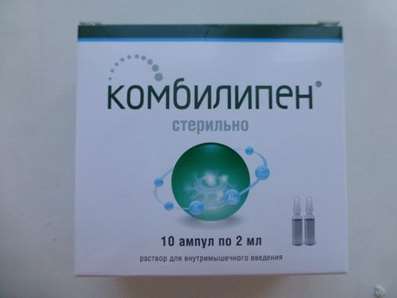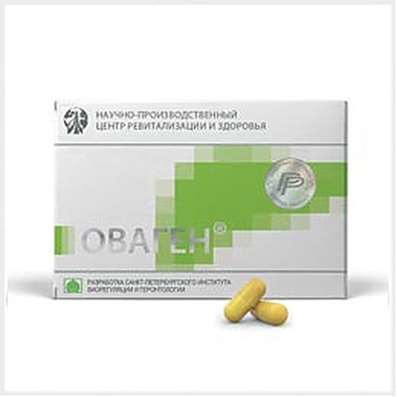Instruction for use: Oxylidin solution for injections
I want this, give me price
Trade name of the drug Oxylidin solution for injections
Active substance: Aminophenylbutyric acid (Acidum aminophenylbutyricum)
Chemical rational name: Benzoyl-3-hydroxy-quinuclidine hydrochloride (benzo-cyclidin hydrochloride)
Dosage Form: solution for injection
Description of Oxylidin solution for injections
Crystalline powder, easily soluble in water. Available in the form of tablets of 0.02 grams and 0.05 grams in a package of 100 pieces; ampoules of 1 mL of 2% and 5% solution in a package of 10 pieces.
Pharmacotherapeutic group: Anxiolytic
ATX Code
N05C Hypnotics and sedatives
The nosological classification (ICD-10)
F41.2 Mixed anxiety and depressive disorder: Depression with anxiety and depressive components, Mixed anxiety-depressive states, Anxious depression, Anxious, depressed mood; Anxiety and depression, Anxiety and depression, Anxiety-depressive syndrome, Anxious-neurotic state.
F60 Specific personality disorders.
I10 Essential (primary) hypertension: hypertension; Arterial hypertension; Arterial hypertension crisis course; Arterial hypertension, complications of diabetes; hypertension; The sudden increase in blood pressure; Hypertensive disorders of blood circulation; hypertensive condition; hypertensive crises; hypertension; arterial Hypertension; malignant Hypertension; Essential Hypertension; Hypertonic disease; hypertensive crises; Hypertensive crisis; Hypertension; accelerated hypertension; malignant hypertension; Isolated systolic hypertension; hypertensive crisis; The aggravation of hypertensive disease; Primary hypertension; Transient hypertension; Essential hypertension.
I15 Secondary hypertension: hypertension; Arterial hypertension; Arterial hypertension crisis course; Arterial hypertension, complications of diabetes; hypertension; renovascular hypertension; The sudden increase in blood pressure; Hypertensive disorders of blood circulation; hypertensive condition;
hypertensive crises; hypertension; arterial Hypertension; malignant Hypertension; Hypertension symptomatic; hypertensive crises; Hypertensive crisis; Hypertension; accelerated hypertension;
malignant hypertension; hypertensive crisis; The aggravation of hypertensive disease; Renal hypertension; Renovascular hypertension; renovascular hypertension; Symptomatic hypertension; Transient hypertension.
I47.1 Supraventricular tachycardia: Supraventricular paroxysmal tachycardia; supraventricular tachyarrhythmia; supraventricular tachycardia; Supraventricular arrhythmias; Supraventricular paroxysmal tachycardia; supraventricular tachyarrhythmias; supraventricular tachycardia; Neurogenic sinus tachycardia; orthodromic tachycardia; Paroxysmal supraventricular tachycardia; Paroxysm of supraventricular tachycardia; Paroxysm of supraventricular tachycardia with WPW-syndrome; Paroxysm of atrial tachycardia; Paroxysmal supraventricular tachyarrhythmia; Paroxysmal supraventricular tachycardia; Politopnye atrial tachycardia; Atrial fibrillation; Atrial tachycardia; Atrial tachycardia with AV block; reperfusion arrhythmias; Reflex Bertsolda-Jarisch; Recurrent sustained supraventricular paroxysmal tachycardia; Symptomatic ventricular tachycardia; Wolff-Parkinson-White; Sinus tachycardia; Supraventricular paroxysmal tachycardia; supraventricular tachyarrhythmia; supraventricular tachycardia; supraventricular arrythmia; supraventricular arrhythmias; Tachycardia of AV connections; supraventricular tachycardia; Tachycardia orthodromic; sinus tachycardia; The nodal tachycardia; Chaotic atrial; tachycardia politopnye.
I63 Cerebral infarction: ischemic Stroke; Ischemic brain disease; Ischemic brain damage; Ischemic stroke; Ischemic stroke and its consequences; Ischemic cerebral stroke; Ischemic cerebrovascular accident; Ischemic brain damage; Ischemic brain damage; ischemic conditions; Cerebral ischemia; Acute hypoxia brain; Acute cerebral ischemia; Acute ischemic cerebrovascular accident; Acute cerebral infarction; Acute ischemic stroke; Acute period of ischemic stroke; Focal cerebral ischemia; Ischemic stroke; recurrent stroke; The syndrome of Morgagni-Adams-Stokes; Chronic cerebral ischemia; cerebrovascular stroke; embolic stroke.
Pharmacological Properties of Oxylidin solution for injectionsPharmachologic effect
Mode of action - antihypertensive, anxiolytic, sedative.
It reduces the lability of cortical neurons inhibits the activating influence of the reticular formation of the brain stem on its bark.
Pharmacodynamics
Reduces the excitability of the central nervous system, enhances the effect of hypnotic drugs, analgesics and local anesthetics, has a moderate antihypertensive effect due to sedation, moderate and ganglioblokiruyuschim adrenolytic influence of, reduces the excitability of the vasomotor centers, has anti-arrhythmic activity.
Indications for Oxylidin solution for injections
Anxiety and depression of various origins (particularly mild expressed and associated with cerebrovascular insufficiency), neurosis, personality disorder, cyclothymia, hypertension with cerebral disorders, sinus tachycardia, paroxysmal tachycardia.
Contraindications for Oxylidin solution for injections
Severe hypotension, renal dysfunction.
Oxylidin solution for injections Dosage and Administration
Oxylidin is appointed interior, administered subcutaneously or intramuscularly.Inside appoint Oxylidin since 0.02 grams of the drug to the reception 3-4 times a day.
If necessary, in the first days of the single dose may be increased to 0.05 g and the daily - to 3-6 tablets of 0.05 g (0.15-0.30 g per day).
Intramuscularly and subcutaneously Oxylidin administered 2 times a day, first 1 ml of 2% solution with a consequent increase in case of need, a single dose of 1-2 ml of a 5% solution of the drug. If necessary, the daily dose Oxylidin adjusted to 6.4 ml of a 5% solution.To obtain a rapid effect (hypertensive crisis) begin with parenteral (subcutaneous or intramuscular) injection Oxylidin, going after the onset of the therapeutic effect on the reception of the drug inside at 1/2 tablet 3-4 times a day, then - 1/2 tablet 2-3 times in a day.
Average therapeutic dose inside, subcutaneous and intramuscular injection - 0.02-0.05 grams daily - 0.2-0.3, the duration of treatment Oxylidin - 3-8 weeks. When mental illness treatment lasts 3-4 months. It can be combined with other Oxylidin soothing and antihypertensive agents.
Side effect of Oxylidin solution for injections
Dry mouth, mild nausea, a feeling of mild intoxication, rarely - skin rashes.
Overdose of Oxylidin solution for injections
Increased symptoms of side effects: severe drowsiness, nausea, vomiting, fatty liver degeneration (receiving more than 7 g), eosinophilia, decreased blood pressure, renal function. First aid - gastric lavage, activated charcoal and symptomatic therapy.
Release Form
1 ml injection solution contains benzoclidine 0.02 or 0.05 g; in 1 ml ampoules in package of 10 pcs.
Storage conditions of Oxylidin solution for injections
In a dry, dark place at a temperature no higher than 25 ° C.
Keep out of the reach of children.
Shelf life
2 years.
Do not use beyond the expiration date printed on the package.
Conditions of supply of pharmacies
On prescription.

 Cart
Cart





